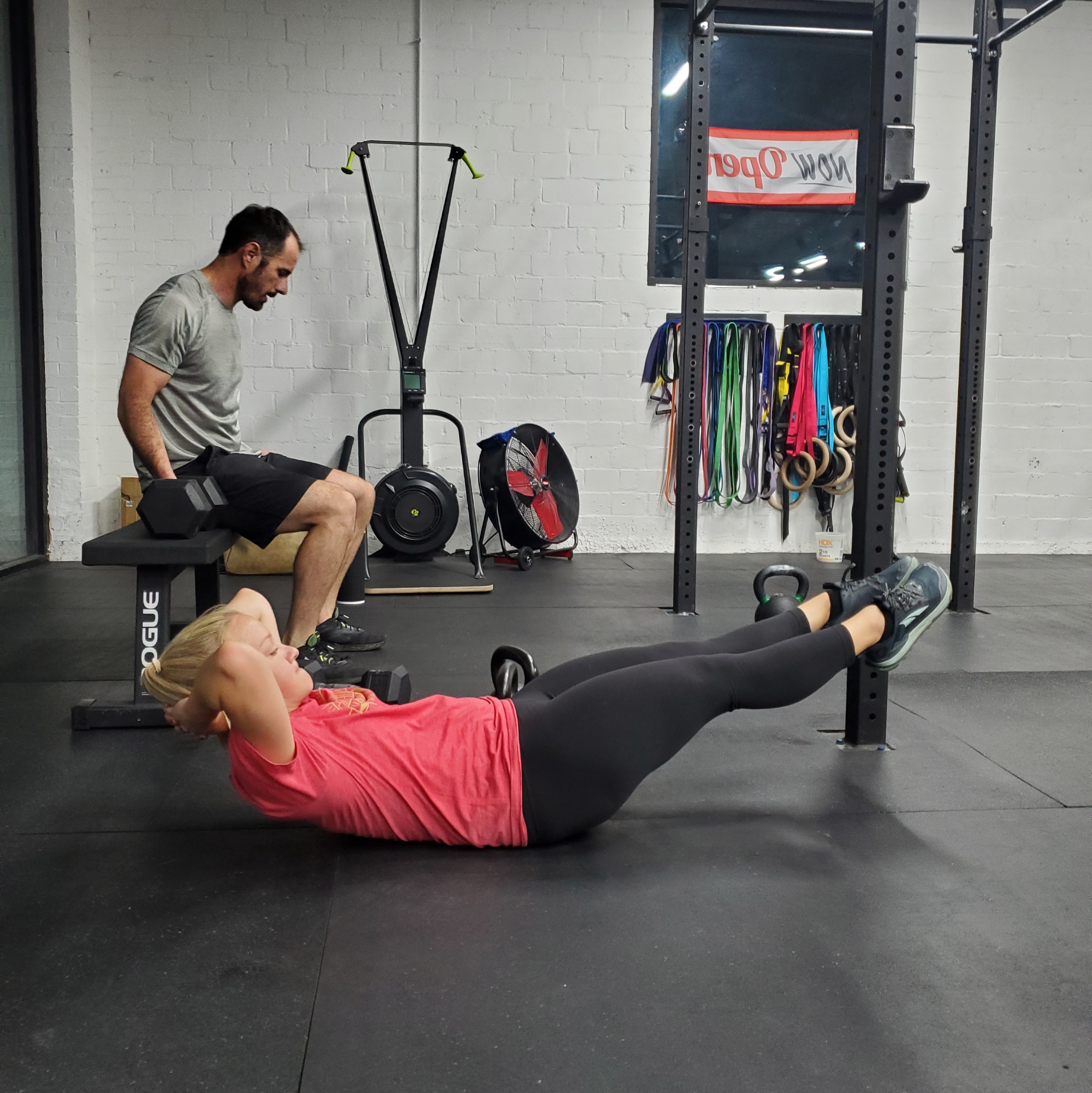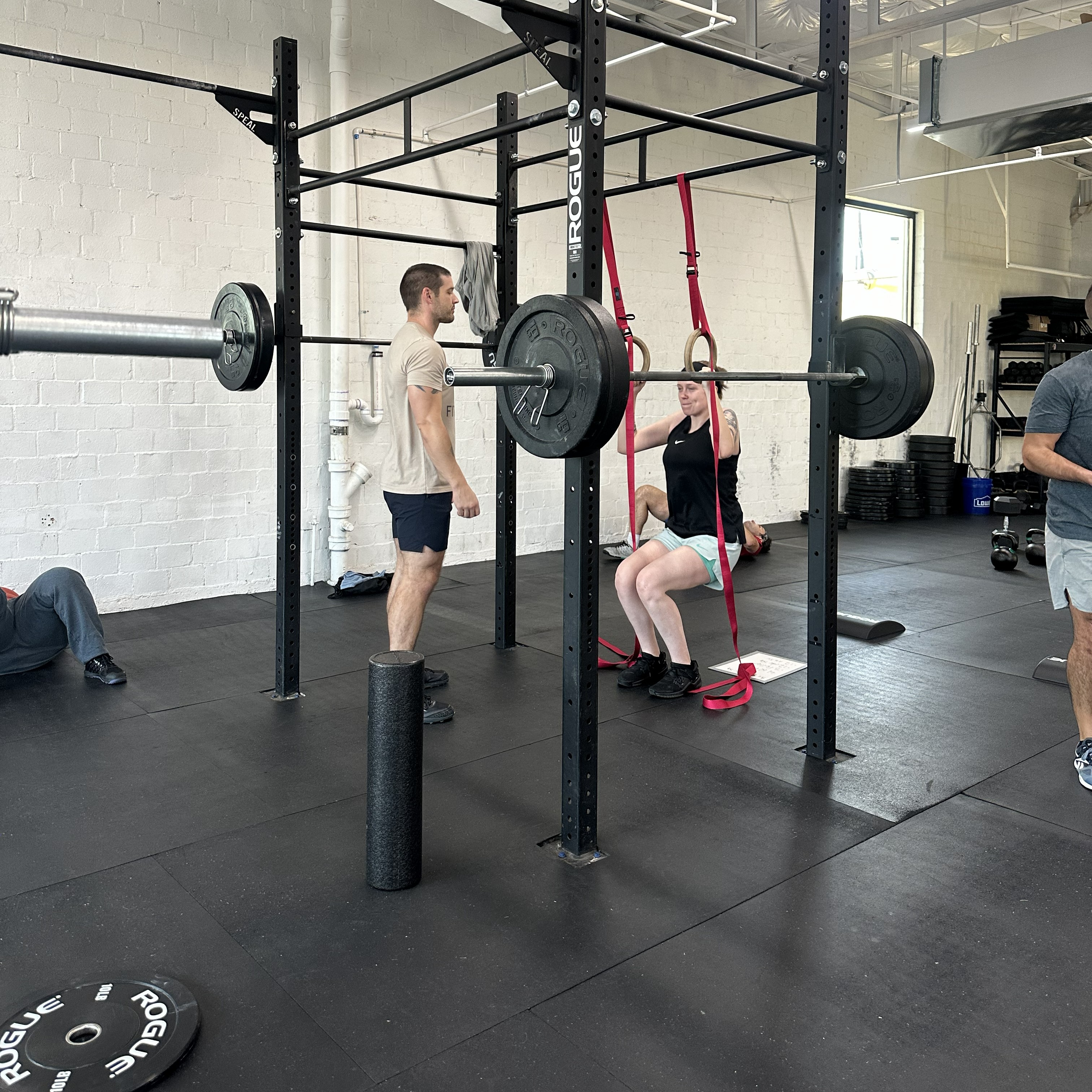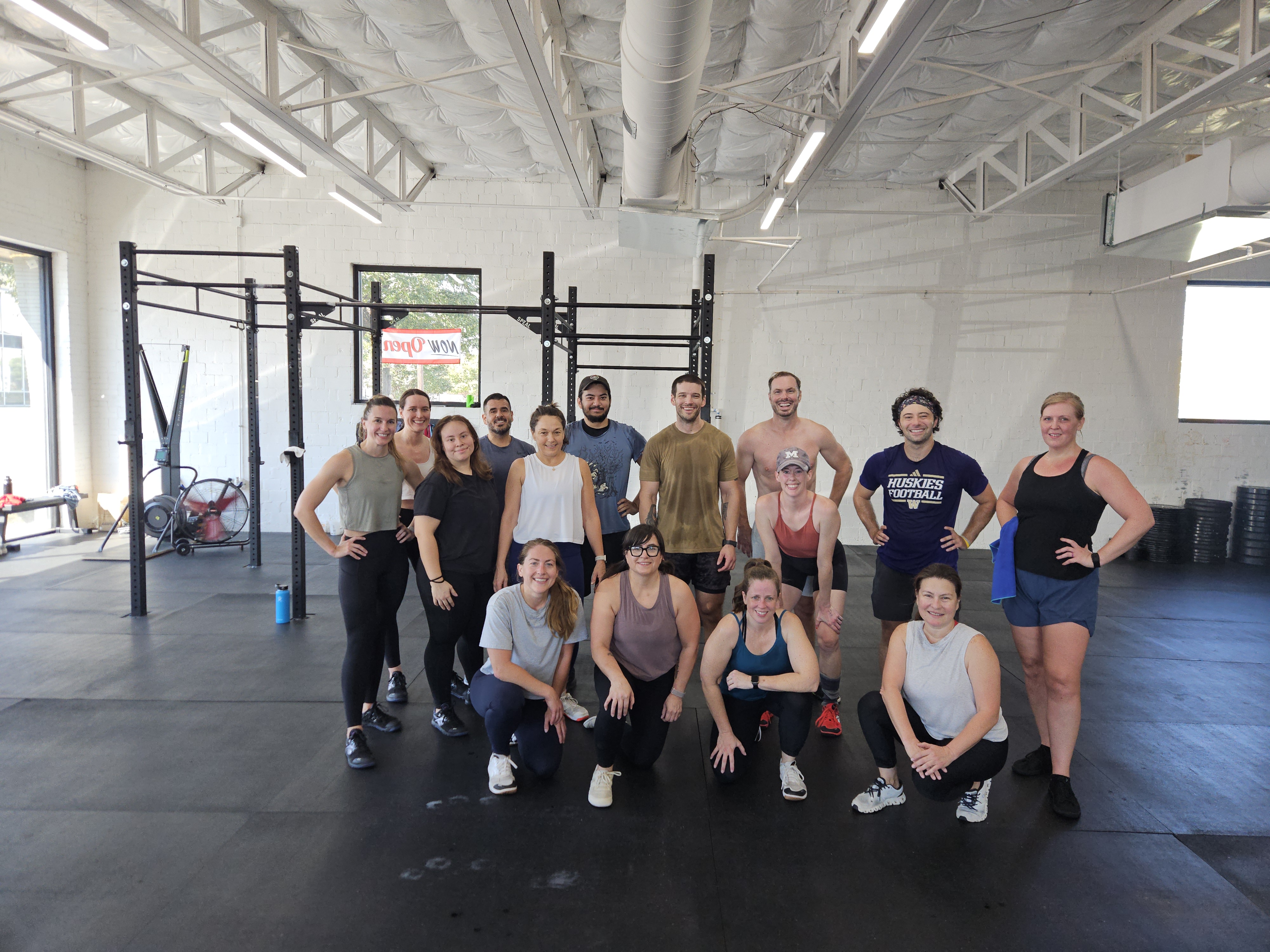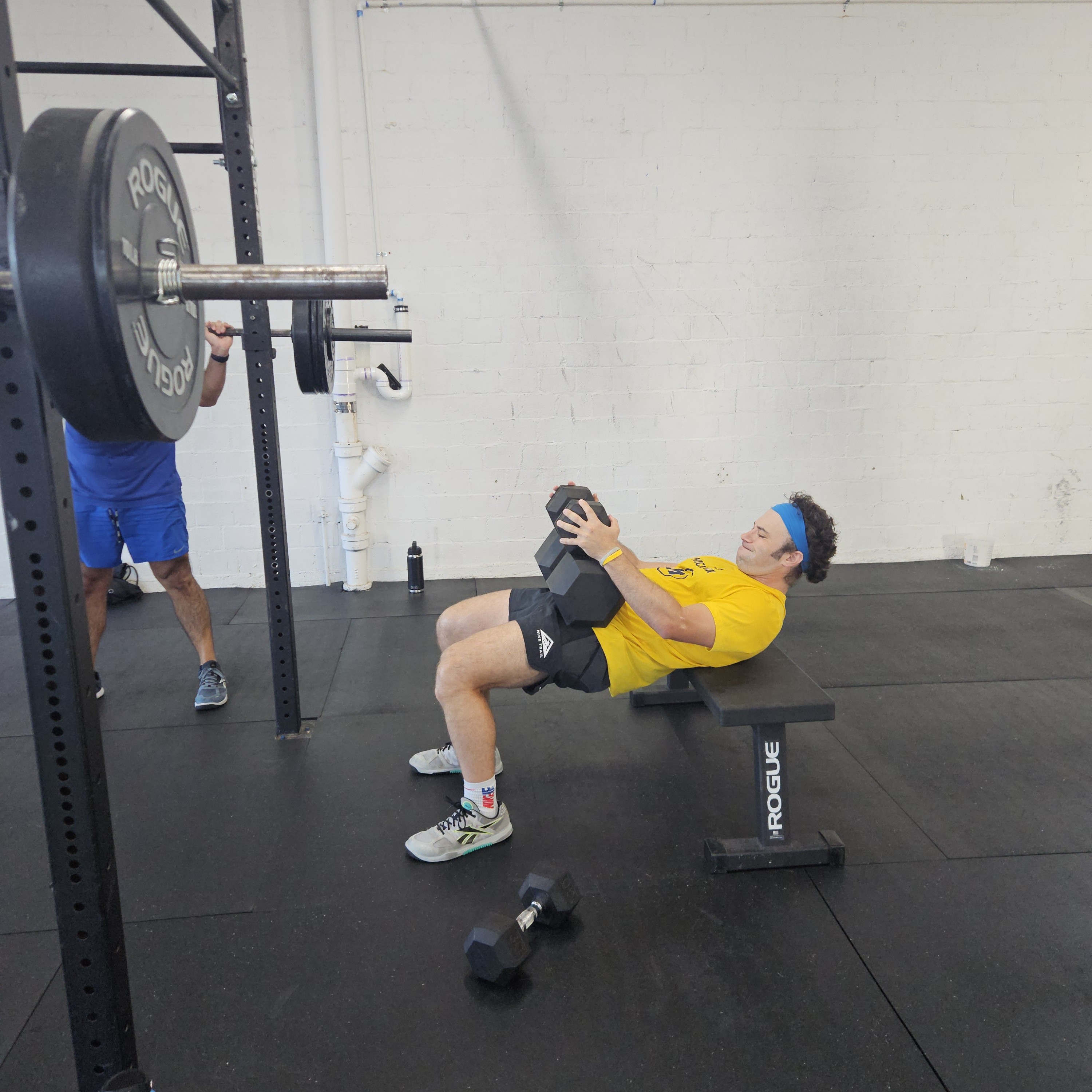By clicking “Accept All Cookies”, you agree to the storing of cookies on your device to enhance site navigation, analyze site usage, and assist in our marketing efforts. View our Privacy Policy for more information.
Warm Up Without Wasting Time
A strategy for warming up effectively without wasting your time.
By
July 15, 2025
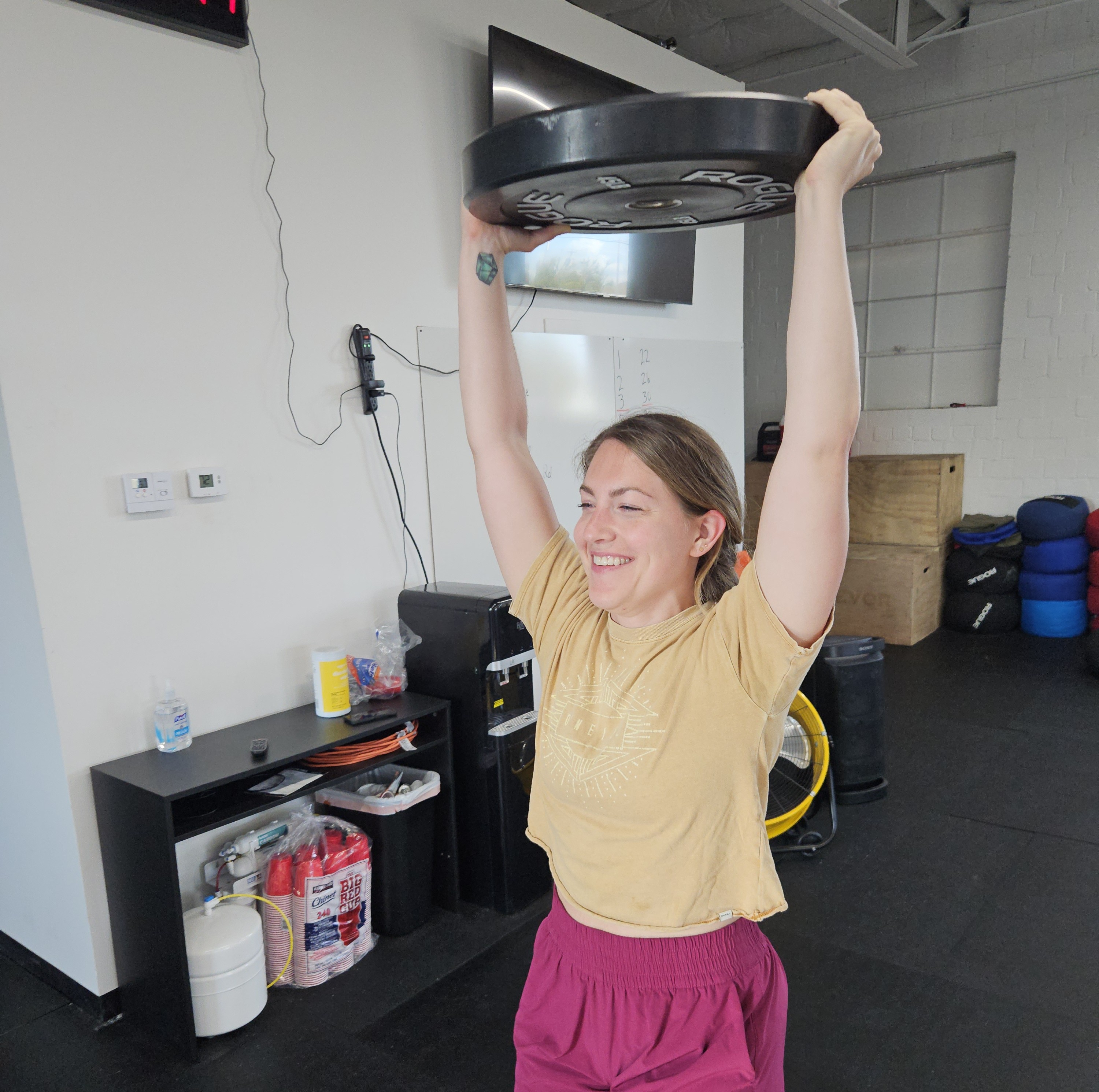
How to Actually Warm Up Without Wasting Time
If you’re showing up to work out, don’t waste your time inefficiently preparing for your warm up with random stretches or movements that don’t help you perform the work better. A proper warm-up is about increasing blood flow, improving circulation, and getting your mind and body ready to train. You want to be sharp and know the purpose, not sweaty and confused.
At Bishop Arts Fitness, we don’t throw you into a workout cold, and we don’t waste your time. We want our members to move well, perform better, and avoid dumb injuries. That starts with a structured warm-up and some actual coaching. Here’s how we break it down in class and how you can start warming up better, too.
Step 1: The Brief: What the hell are we doing today?
Every session starts with a short “brief.” We go over what the workout is, what the goal is, and how to approach it. That might sound simple, but it’s not just reading a whiteboard.
We explain the objective of the day:
- Strength: So we are going heavy.
- Strength Endurance: Moderate weight but the volume is higher than strength.
- Capacity: Higher intensity. A lot of variety here so the sensation is explained.
- Endurance: Lower intensity for longer without losing rhythmic breathing, Heartrate controlled.
This matters. You don’t approach a 40-minute easy grind the same way you approach a 9-minute sprint. And newer people especially benefit from hearing what the workout should feel like. This is also where we sort out any movement substitutions, scale complex skills, and talk through what weights or variations make sense for you, not just the fittest person in the room.
Step 2: General Warm-Up: Get moving and grooving.
Next, we start General Warm-Up. This is basic: low-intensity movement to increase circulation and gradually elevate heart rate. Think:
- Easy paced run
- Light cardio intervals (like 1-minute easy, 30-seconds faster for 3 rounds)
- Then some movement oriented mobility or dynamic stretching
Nothing crazy. The goal is just to shake off the stiffness, get breathing, and start waking up the body. Any individual stiffness comes out once we get moving so we either address it in this portion or in the next.
Step 3: Specific Warm-Up: Practice and Build into the Work.
Now we’re narrowing in. Members start doing movements that mimic and prepare them for the work we are about to do. If today’s workout involves squatting, we start with something basic like air squats. Then maybe goblet squats or an empty barbell. We’re moving through ranges of motion that apply to the session, not to kill time, but to groove in the patterns and prep the body for what we are about to do.
This can also be where we do activation work if needed, activation work or little soft tissue depending on the day. For capacity-style workouts with complex movements (think muscle ups, handstand push-ups, barbell cycling), we run through the simplest version of each movement and progress to the movement, or the scaled movement, from there.
Coaches are actively watching, cueing, and adjusting, not just letting you wonder through. If your squat doesn’t look right, we fix it. If your shoulders feel off, we guide and try to fix the issue. This is where we hone in on the individual issues and get you tuned up to move safely and effectively.
Step 4: Build Into the Workout
Now we start to “build in.” This is especially important on strength or capacity days. We increase the load gradually, check to make sure members are moving well, and make sure they’re in the right place with their scales before the workout actually starts.
This part is collaborative, coaches are checking in with members constantly, offering cues, helping them find the right weight, and adjusting anything that looks off. That individual attention matters, especially when it comes to technique and safety. We want people to feel confident heading into the workout, not confused or unprepared.
Step 5: Warm Up Round: Let’s get the party started.
Before workout kicks off, we usually run a short “warm-upset”. This is a mini version of the workout, structured the same way but less reps and slightly lower pace than the workout would need. If you’re about to do a conditioning piece with three movements back-to-back, we’ll work through them in sequential order so you get a feel for how it’ll flow. On strength you might do 50% of the reps to get an educated guess how it will feel for the real deal.
This is an important part of the warm-up because it connects all the dots: breathing, pacing, movement transitions, and making sure nothing feels off when the clock starts.
After this, water and restroom break before we hit the work. Any last minute questions and concerns can be brought up. But we’re in the final hour.
Final Thoughts
A well-structured warm-up shouldn’t feel like filler, it should be preparing you mentally and physically for the work ahead. If you’ve only got 60 minutes to train, don’t blow half of it foam rolling and scrolling your phone.
At Bishop Arts Fitness, we take the hour members give us seriously. Every part of class, including the warm-up, has a purpose. Our coaches are hands-on, not cheerleaders in the corner. We prep you for the work, guide you through it, and help you get better over time.
If that sounds like the kind of training you’ve been missing, schedule a time to have a chat HERE. You’ll see the difference in our approach.

